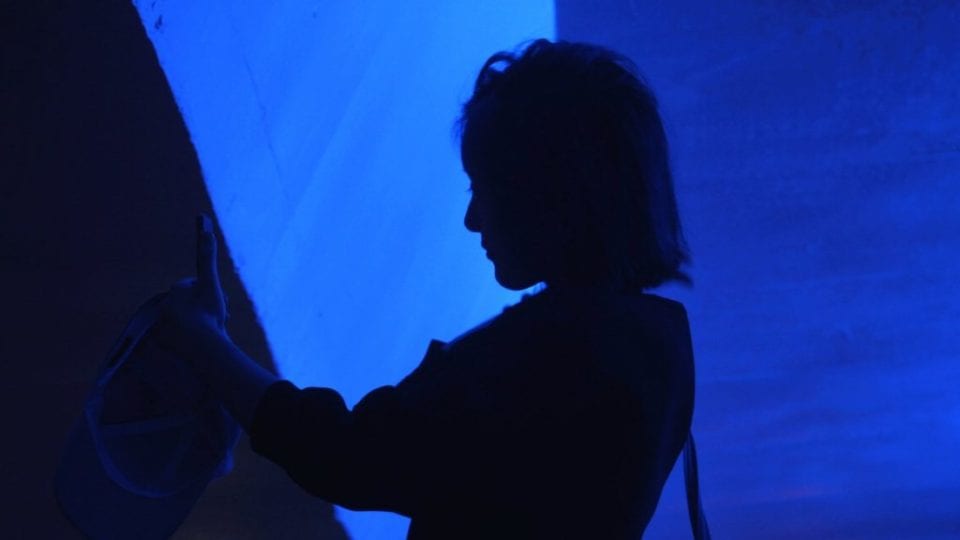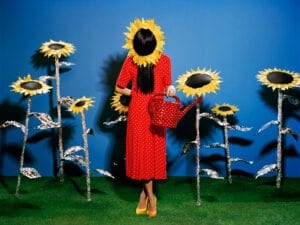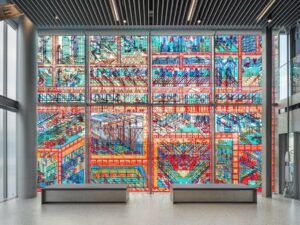With the rise of the social media, artificial intelligence, video games and the power of anonymity afforded by the Internet, the process of adopting a newly invented persona is a now a common part of everyday life and popular culture. After Us, from the K11 Art Foundation, Shanghai, and the New Museum, New York, examines the possibilities, alongside the social and emotional consequences, that these alternative personalities facilitate. Curators Baoyang Chen and Lauren Cornell investigate how emerging Chinese and international artists use avatars, surrogates and proxies to expand on the notion of being human in contemporary society. A range of interpretations demonstrates the diverse and topical nature of the subject, the compositions encompassing sculpture, installation, photography and video, alongside pieces engaged with augmented and virtual reality.
After Us has a central interest in the speculative. Not only does the exhibition focus on the original personae that artists are animating, hypothetical figures that amplify current socio-political issues – it also contemplates potential future states. It presents a model of a civilisation that will replace our own, however, this is distanced from reality in the recurrent use of virtual or imagined elements that pervade the display, as shown in Chen Zhou’s Life Imitation (2016). An intersection between intimate portrayals of everyday life, meandering online chat dialogues and scenes from an unnamed game fuse together in a vividly bizarre moving image. Unwinnable game (2017) from Li Liao comprises of six professional figures playing the popular League of Legends, however a strict set of rules prevents them from winning in a reminder of the power exercised over animated figures, and the sweat-free labour that power our fantasy worlds.
Other artists use technology to confront the inequalities of the present. Steward Uoo’s moving piece places torched mannequins next to a medley of violent scenes from first-person shooter video games, a stark reminder of the realities of violence. Lu Yang also employs the use of this medium to depict the whimsical “Uterus Man”, a figure expanding on the iconography of superheroes in a reimagination of preconceived notions of biology and gender. In an examination of the ways in which technologies extend life Dora Budor, JODI, Katja Novitskova, and Takeshi Murata, inject life into common objects and materials. Alongside a consideration of the future, After Us is guided by practitioners who are actively rewriting the definition of what it means to be human today.
After Us, K11 Art Museum, Shanghai, from 17 March – 31 May. www.k11artfoundation.org
Find us on social media @Aestheticamag
Credits
1. Chen Zhou, Life Imitation (2016).





